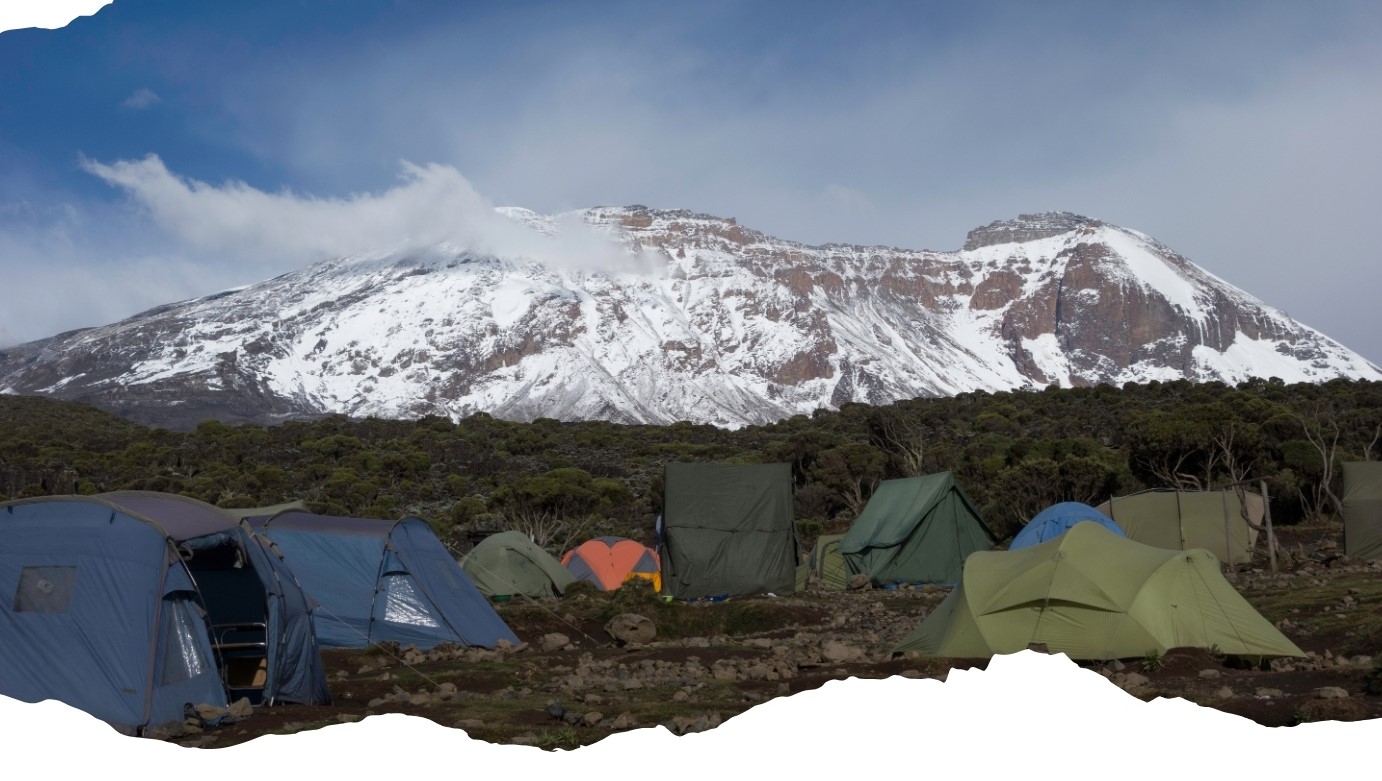7 Days Kilimanjaro Trekking - Machame Route
Conquer Africa's highest peak via the spectacular Machame Route, affectionately known as the "Whiskey Route" for its challenging yet rewarding nature. This 7-day itinerary maximizes acclimatization while showcasing Kilimanjaro's diverse ecosystems from lush rainforest to arctic summit.
Our group joining trek includes professional guides, quality camping equipment, and nutritious meals. The Machame Route offers excellent summit success rates with breathtaking scenery throughout your ascent to Uhuru Peak (5,895m).

Day 1: Arusha to Machame Gate to Machame Camp (2,835m)
Morning pickup from your Arusha hotel (around 7:30 AM) for transfer to Machame Gate (1,800m). After registration, begin trekking through dense rainforest.
The 5-7 hour hike covers 11km to Machame Camp (2,835m). Watch for colobus monkeys in the canopy and listen for tropical birdcalls as you climb. The trail can be muddy but well-maintained.
Arrive at camp where your team will have tents ready. Evening temperatures are mild with high humidity in the forest zone.
Day 2: Machame Camp to Shira Camp (3,750m)
After breakfast (around 8:00 AM), ascend through thinning forest into the heather-moorland zone. The trail steepens as you climb the Shira Plateau.
Today's 5-6 hour trek covers 5km but gains significant elevation. Arrive at Shira Camp (3,750m) with its first spectacular views of Kibo peak. Night temperatures drop below freezing at this altitude.
Afternoon acclimatization walk optional. Marvel at the sunset over Mount Meru as the stars emerge in the thin air.
Day 3: Shira Camp to Barranco Camp (3,900m)
A scenic day of "walk high, sleep low" acclimatization. Hike east toward Lava Tower (4,630m) for lunch, then descend to Barranco Camp (3,900m).
The 6-8 hour trek covers 10km through alpine desert. The altitude at Lava Tower helps your body adapt while the descent to Barranco ensures proper recovery.
Barranco Camp sits in a valley beneath the imposing Barranco Wall, with stunning views of Kibo's southern glaciers.
Day 4: Barranco Camp to Karanga Camp (3,995m)
Morning ascent of the Barranco Wall (4,200m) - a thrilling scramble requiring steady footing but no technical skills. Descend into the Karanga Valley before climbing to Karanga Camp (3,995m).
This shorter 3-5 hour day allows additional acclimatization while offering panoramic views. Afternoon rest prepares you for the higher camps ahead.
The campsite's location provides dramatic sunset views over the clouds below.
Day 5: Karanga Camp to Barafu Camp (4,673m)
The 3-4 hour hike to Barafu Camp (4,673m) follows a rocky trail through alpine desert. Arrive by midday to rest and prepare for summit night.
Barafu means "ice" in Swahili - the camp lives up to its name with freezing temperatures. Early dinner followed by attempted sleep before the midnight wake-up call.
Organize your summit gear and hydrate thoroughly. Tonight will test your physical and mental endurance.
Day 6: Summit Day - Barafu Camp to Uhuru Peak (5,895m) to Mweka Camp (3,080m)
Wake at 11:00 PM for final preparations. Begin the grueling 6-8 hour ascent under headlamps, climbing steep scree to Stella Point (5,739m) at dawn.
The final push along the crater rim to Uhuru Peak (5,895m) rewards you with sunrise over Africa. Celebrate your achievement before descending to Barafu Camp for short rest.
Continue down to Mweka Camp (3,080m). Total trekking time 12-16 hours covering about 17km. Exhaustion gives way to immense pride.
Day 7: Mweka Camp to Mweka Gate to Arusha
Final 3-4 hour descent through lush rainforest to Mweka Gate (1,640m). The trail can be slippery but your knees will appreciate the decreasing elevation.
Receive your summit certificates before transferring back to Arusha. Arrive by mid-afternoon (around 3-4 PM) for hotel drop-off. You've conquered Kilimanjaro via its most scenic camping route!